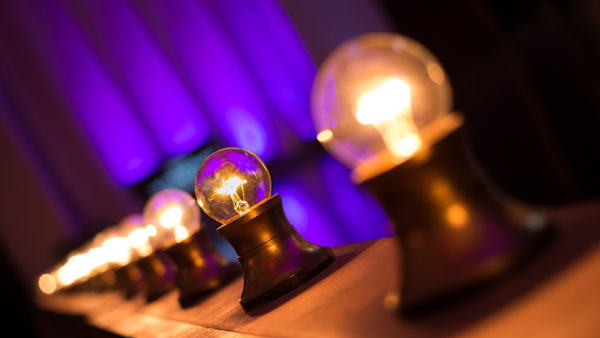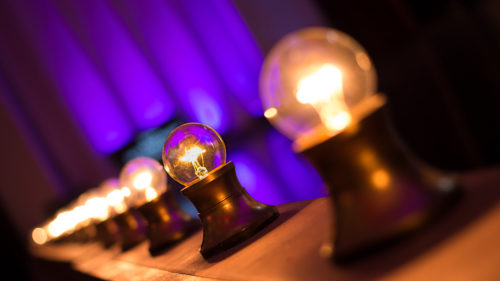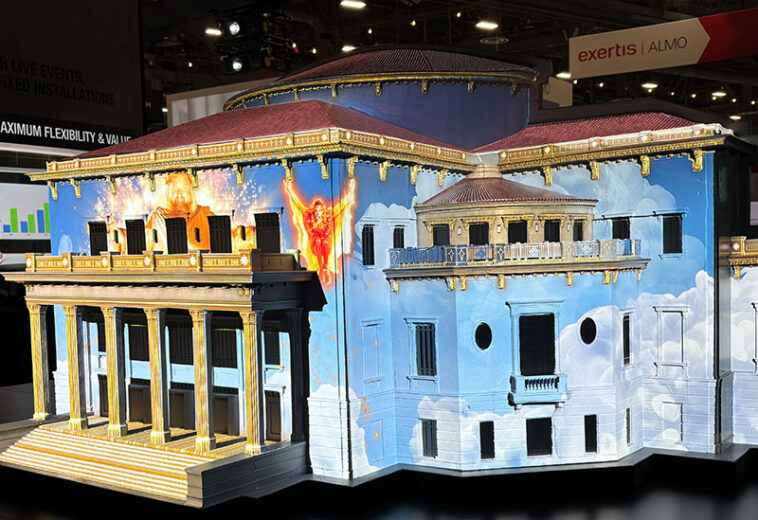Ok, now down to what event planners really want to know, what does all this Power stuff mean to me? In Part 1 of the Power blog, we touched on three-phase power. I’m sure you’ve had people tell you “I need a 200 Amp, three-phase, 220 service.” This means you will need three hot conductors at 110 Volts, capable of carrying a maximum of 200 amps on each phase, or leg. (A phase is also referred to as a leg, which is a single hot conductor.) The electrician will run cables from the service panel on the back wall (the one with the big Frankenstein-looking lever), to the distro. The distro will have breakers with amperage values, normally 20 to 50 amps. We achieve the 220 Volts by adding two of the legs together. The plug we use will have two hot legs, a neutral, and a ground. Any higher voltage is beyond the scope of this article and will be ignored. Now all we have to do is make sure we’ve used the equation for power to calculate our load (in amps), and we can connect our gear with relative ease and piece of mind.
At this point, a demonstration of the power equation would probably be in order. Let’s look at the real world and do a calculation using an ordinary household light bulb.
Example: How much current (in amps) will a 120V 60W light bulb draw?
Using the power equation, we know that:
W = V x A where W = 60W
V = 120V
With simple algebra, solving for A becomes:
A = W ÷ V
A = 60 ÷ 120
A = .5 Amps
Our household light bulb draws half an amp.
This may seem like an oversimplification, but it really is that simple. All electrical and electronic gear will have at least two, if not all three of the necessary variables marked on its case to calculate the load for that piece of gear. Add all of your loads together, and that is the size of service you need to order. By the way, make sure you leave yourself at least twenty percent for headroom. If you have a 20 Amp breaker, don’t exceed a 16 Amp load. From our example above, that’s the equivalent of 32 bulbs.
By having a basic understanding of power, the event professional becomes something of a “power” as well. You will be able to speak with confidence and authority at your next pre-con. Who knows, you might even show up the tech geeks. Good luck and never be afraid to ask a qualified electrician or technician for help if you don’t understand any of the concepts we’ve covered today. You can send an email to jim@technischcreative.com if you would like to discuss this subject in more detail.
Class dismissed.







